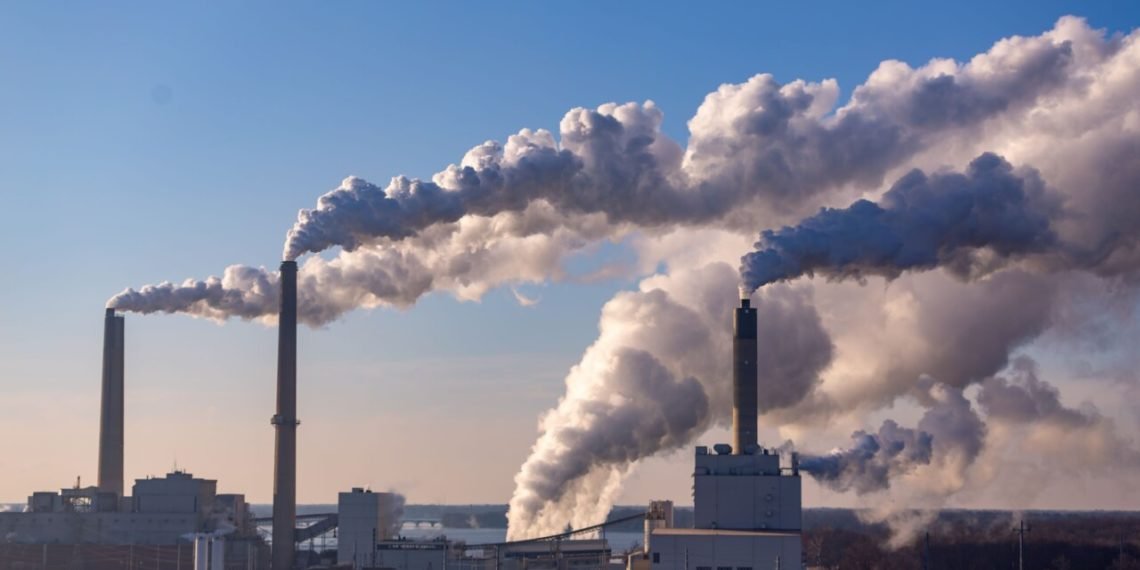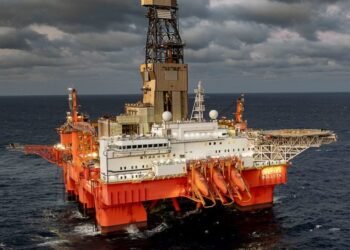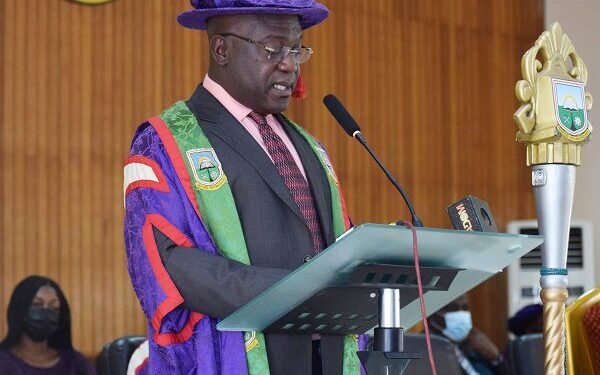The International Energy Agency (IEA) has intimated that countries should not only focus on accelerating their efforts to reduce emissions, but energy systems must remain resilient and secure.
The energy think tank notes that this has become necessary because, while the global economy is in a race towards energy transition, new challenges are springing up and these concern the use of critical mineral resources.
“Minerals offer a different and distinct set of challenges, but their rising importance in a decarbonising energy system requires energy policy makers to expand their horizons and consider potential new vulnerabilities.”
In assessing the world’s efforts towards clean energy transition, the IEA observed that “a faster transition to net-zero globally by 2050 would require six times more mineral inputs in 2040 than today.”
Using a bottoms-up approach, global energy policies enacted towards the use of clean energy technologies by 2040 means a doubling of mineral requirements, IEA adduced.
Accordingly, the IEA explained that the energy system powered by clean energy technologies differs profoundly from those of hydrocarbon resources. For instance, solar photovoltaic (PV) plants, wind farms and electric vehicles (EVs) generally require more minerals to build than those that use fossil-fuels.
“A typical electric car requires six times the mineral inputs of a conventional car and an onshore wind plant requires nine times more mineral resources than a gas-fired plant.
“Since 2010 the average amount of minerals needed for a new unit of power generation capacity has increased by 50% as the share of renewables in new investment has risen.”
IEA report
Mineral inputs in clean technologies
Essentially, the mineral resources used for clean technologies vary by technology. Minerals such as Lithium, nickel, cobalt, manganese and graphite are crucial to battery performance, their longevity and energy density.
Typically, electricity networks require huge quantities of copper and aluminium, while copper is the dominant mineral input.
Against this backdrop, the energy sector is becoming a major driver of mineral resources, a force to be reckoned with.
Thus, as energy transitions gather pace, clean energy technologies are becoming the fastest-growing segment of demand.
With a concerted effort to reach the goals of the Paris Agreement by increasing the pace to the use of clean energy technologies, this would mean a quadrupling of mineral requirements for clean energy technologies by 2040, IEA indicates.
According to IEA, “EVs and battery storage have already displaced consumer electronics to become the largest consumer of lithium and are set to take over from stainless steel as the largest end user of nickel by 2040.”
Also, increases that emanate from climate-driven scenarios, mineral demand for use in EVs and battery storage are a major force. Based on IEA estimates, these are growing at least thirty times to 2040. Furthermore, Lithium sees the fastest growth, with demand growing by over 40 times in the SDS by 2040, followed by graphite, cobalt and nickel.
READ ALSO: Indians furious as PM presses ahead with $1.8 billion parliament renovation amid Covid-19 surge























